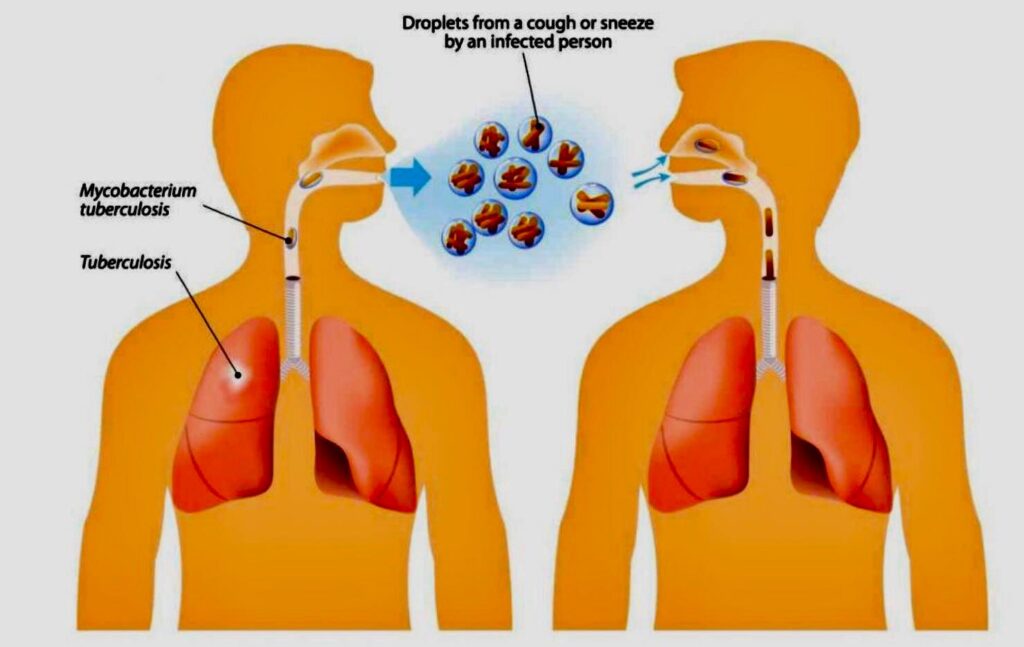By Henrylito D. Tacio
The 2023 Global Tuberculosis (TB) report of the World Health Organization (WHO) underscores a significant worldwide recovery in the scale-up of TB diagnosis and treatment services in 2022.
However, “TB remained the world’s second leading infectious killer in 2022,” the United Nations health agency pointed out.
The new report shows an encouraging trend starting to reverse the detrimental effects of COVID- 19 disruptions on TB services. Featuring data gathered from 192 countries and areas, the report showed that 7.5 million people were diagnosed with TB in 2022, making it the highest figure recorded since WHO began global TB monitoring in 1995.
The increase is attributed to a good recovery in access to, and provision of, health services in many countries. Three countries in Asia – India, Indonesia, and the Philippines – accounted for over 60% of the global reductions in the number of people newly diagnosed with TB in 2020 and 2021. Fortunately, all TB patients recovered beyond 2019 levels in 2022.
“For millennia, our ancestors suffered and died with tuberculosis, without knowing what it was, what caused it, or how to stop it,” said Dr. Tedros Adhanom Ghebreyesus, WHO Director-General, during the release of the new report. “Today, we have knowledge and tools they could only have dreamed of,” he pointed out. “We have political commitment, and we have an opportunity that no generation in the history of humanity has had: the opportunity to write the final chapter in the story of TB.”
Globally, an estimated 10.6 million people fell ill with TB in 2022, up from 10.3 million in 2021. The total number of TB-related deaths (including those among people with HIV) was 1.3 million in 2022, down from 1.4 million in 2021.
Leading killer of all time
“Tuberculosis is perhaps the greatest killer of all time,” said Dr. Frank Ryan, author of Tuberculosis: The Greatest Story Never Told. “A timeless epidemic, tuberculosis has seemingly always been there throughout history… a familiar evil, yet forever changing, formless, unknowable.”
The tenacious Mycobacterium tuberculosis has preyed on people since antiquity. TB-induced skeletal deformities point to the disease’s existence as early as 8000 BC. Unmistakable signs of tubercular bone decay were found in the skeletons of Egyptian mummies as long ago as 2400 BC.

“Year after year, century after century, it tightened its relentless grip, worsening with wars and famines that reduced people’s resistance, infecting virtually everyone but inexplicably sparing some while destroying others,” wrote Dr. Frank in his book.
The WHO report further adds, “TB continues to be the leading killer among people with HIV,” referring to human immunodeficiency virus, the microorganisms that can lead to acquired immune deficiency syndrome (AIDS).
In addition, multidrug-resistant TB (MDR-TB) remains a public health crisis. While an estimated 410,000 people developed multidrug-resistant or rifampicin-resistant TB (MDR/RR-TB) in 2022, only about two in five people accessed treatment.
“There is some progress in the development of new TB diagnostics, drugs and vaccines,” the WHO said. “However, this is constrained by the overall level of investment in these areas.”
How TB is actually spread
Until now, there are still so many misconceptions concerning TB. Most of these concerns are hearsay, and are arguably false. And its high time to dispel these misconceptions, if we are to eliminate this disease from this part of the world.
Just like the dreaded COVID-19 causing coronavirus, the bacteria that causes TB is spread through the air from one person to another. “When a person breathes in TB bacteria, the bacteria can settle in the lungs and begin to grow,” the US Centers of Disease Control and Prevention (CDC) explains. “From there, they can move through the blood to other parts of the body, such as the kidney, spine, and brain.”
The CDC adds TB is not spread by shaking someone’s hand, sharing food or drink, touching bed linens or toilet seats, sharing toothbrushes, and kissing. “The disease is almost never transmitted through clothes, bedding, or other personal items,” assures the book, The Medical Advisor: The Complete Guide to Alternative and Conventional Treatments.
The TB bacteria is spread from person to person through microscopic droplets released into the air. “This can happen when someone with untreated, active tuberculosis coughs, speaks, sneezes, spits, laughs, or sings,” the Mayo Clinic says.
When the particles are inhaled, bacteria lodge in the lungs and multiply. “You can contract the disease only if you are exposed to an infected person for a long time,” The Medical Advisor says. “If you spend 8 hours a day for six months, or 24 hours a day for two months, with someone with an active case of TB, you have a 50 percent chance of acquiring the disease.”
Not all who are infected with TB bacteria develop the disease. According to health experts, a person’s immune system may even destroy the bacteria completely. In fact, only 5-10 percent of those infected with TB actually become sick.
TB management in the Philippines
The four most familiar signs of TB are chronic cough, mild fever in the afternoon and sweating at night, chest and back pain, and progressive weight loss. In more serious or advanced cases, the symptoms are spitting blood, pale and waxy skin, and a hoarse voice.
In the Philippines, the government is allocating funds to treat TB, with TB treatment being free in public hospitals, clinics, and health centers. But studies showed about 60% of Filipinos with TB go to private doctors for comfort and anonymity. They spend for consultation, diagnostic tests and medicines.
“There is no reason that a person that has TB will not be treated,” said a health official.








